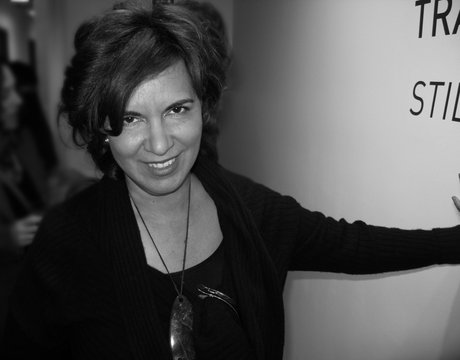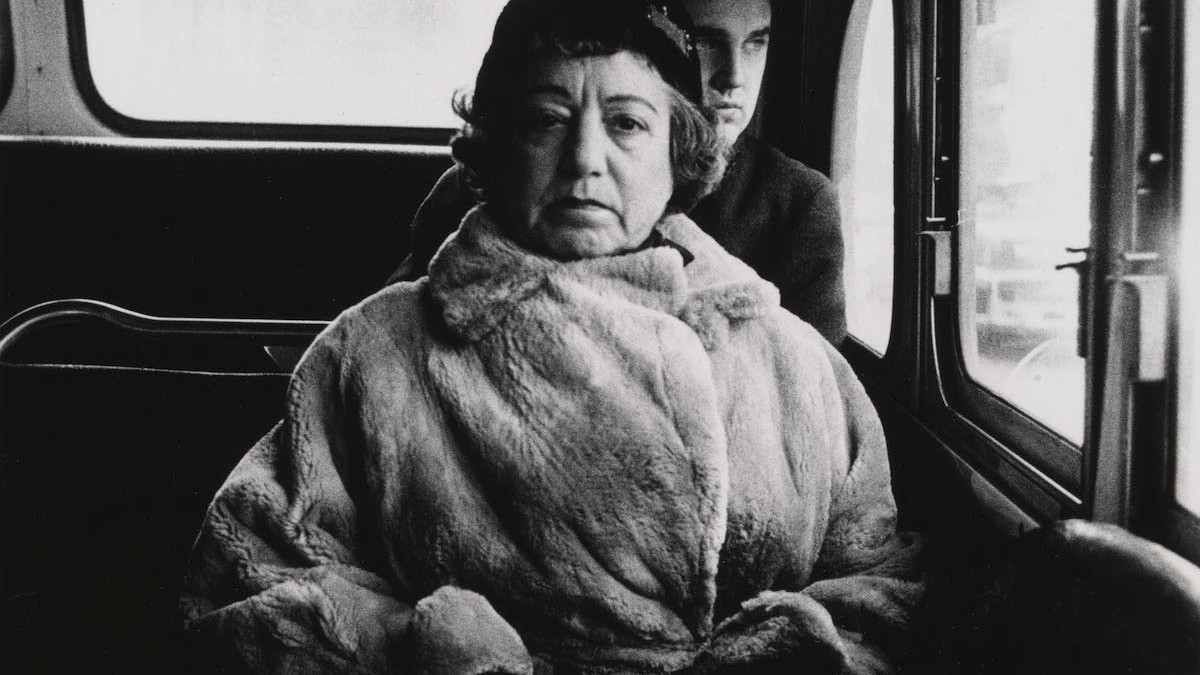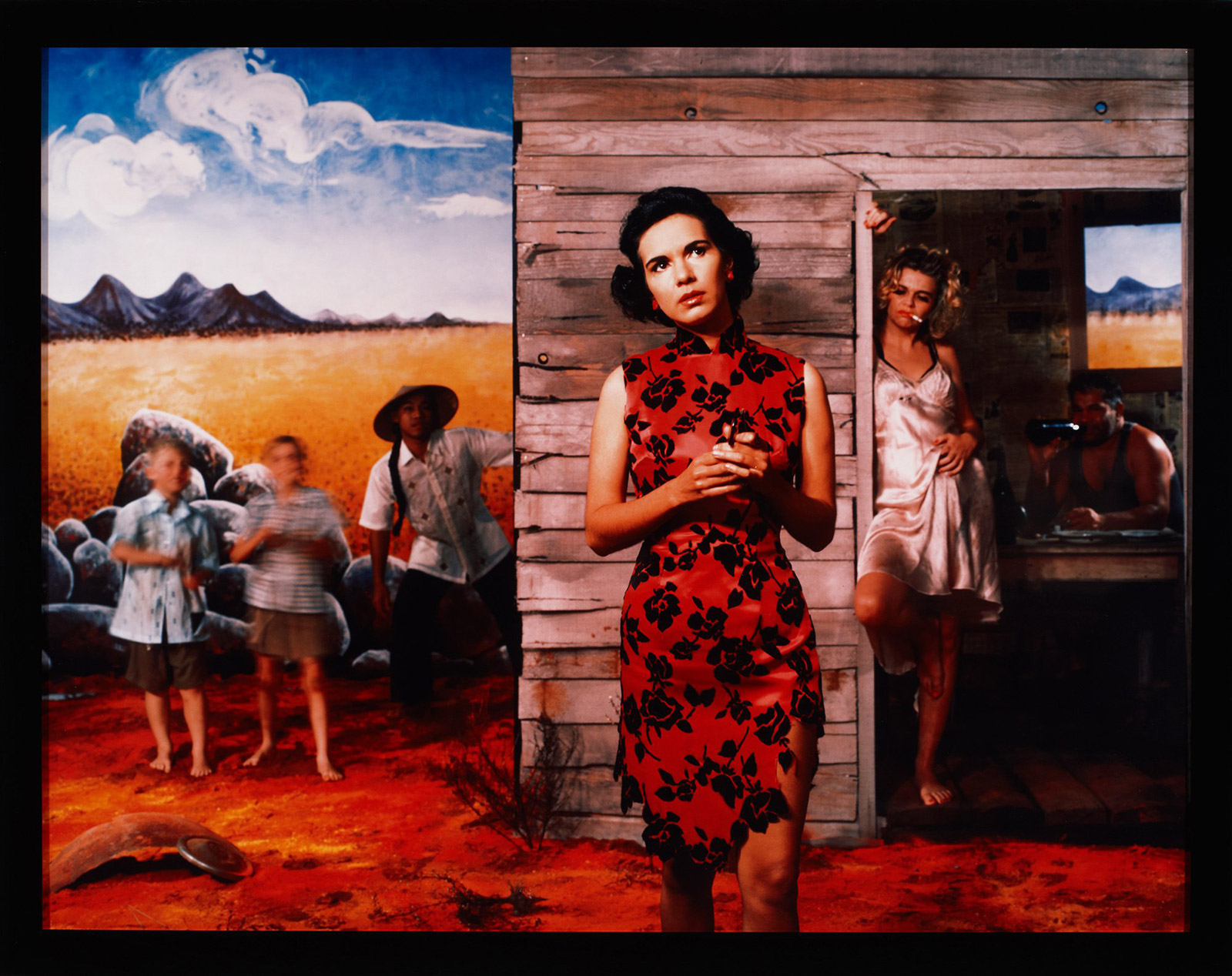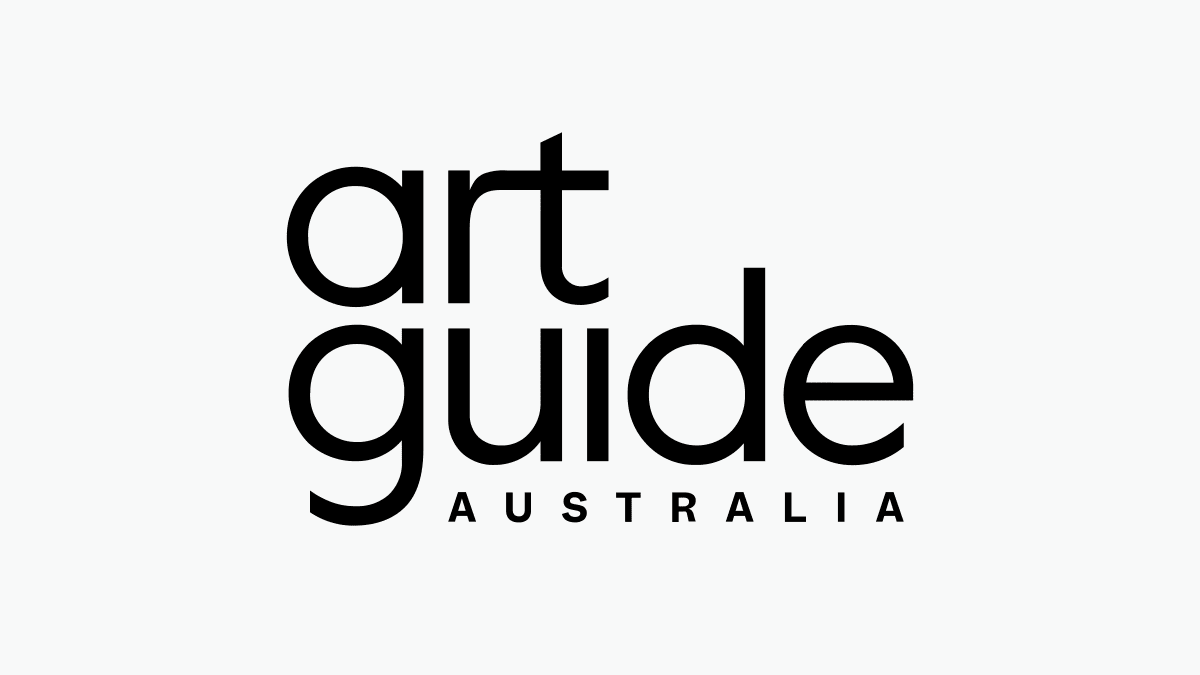Class Exercises





Artists of Inspiration








Artworks & Series of Inspiration







Art Gallery Exhibitions






Shoot Locations
Various workplaces of my friends involved in the shoot.




Visual Drafts
Experimentation with long exposure night portraits +composites and layering.







Models
Given that my series will be composed of 4 photographs, I want to focus on balance and have 2 female and 2 male models for my series. I have contacted a few of my friends to gauge their willingness and availabilities for this project, I'm also hoping to have a 1 - 2 backup models for my project, just incase anything goes wrong or someone has to cancel, etc.
Model Updates
Week 8: Begun ideating potential models for this project. Will start reaching out and confirming availabilities.
Week 9: Have booked in 3/4 of my friends for photos this week, will get the final photo done next week and move onto editing / re-takes if required.
Week 9: 1 of my models cancelled, will get 2 photos done next week. Started editing the images which i did get this week.
Week 10: Had to reschedule a model for next week due them being unwell. Backup model is not here for the week.
Week 12 Final images shot on Monday. Now have 4/4 scenes. Have started editing images in lightroom and flagging my favourites for export to Photoshop.
Concept Statement
In a world increasingly consumed by the demands of work, the concept of work-life balance remains elusive to many. My photographic series seeks to explore this tension by capturing portraits of individuals outside their workplaces, but in attire they'd wear on their days off. Each photograph is taken under the shroud of night, a deliberate choice that serves as a metaphor for life outside the conventional 9-5 work hours. The nocturnal setting lends an ethereal, almost surreal quality to the images, suggesting that our identities are not solely defined by our professions.
By juxtaposing the physical setting of the workplace with the personal attire and the darkness of the night, my series aims to challenge our perceptions of identity, work, and personal freedom. It prompts the viewer to consider the multiple roles we play in society, and the spaces we inhabit both physically and metaphorically. The darkness is not merely an absence of light; it's a canvas where other aspects of our identities can shine.

Techniques
In order to maintain a cohesive aesthetic across all portraits, each model was carefully centred in the frame, with attention paid to matching their height and positioning within a consistent grid. This framing ensures a uniform look and feel throughout the series.
Additionally, the lighting on the subject's face was a focal point, achieved either through natural sources like street lights and parking breaks, or artificially (keylight) when needed. This selective illumination ensures that the subject does not get lost amidst the bright, colourful backgrounds, allowing for a balanced composition where the subject remains one of the the central focuses.




Using the framing tool in photoshop, I was able to crop and align each photograph for cohesion for the series.
Rule of Thirds
In the composition of each portrait, models are strategically placed at two points of interconnect within the grid, adhering to principles commonly known as the Rule of Thirds. This intentional positioning ensures that the model becomes the primary focal point, capturing the viewer's attention upon first glance. The model occupies the largest portion of the frame, further emphasising their importance in the composition. This technique effectively guides the viewer's eyes to the subject first, setting the stage for the secondary elements like the vibrant, illuminated signage and the background to be explored.
Visual Hierarchy
While the subject remains the primary focal point, the vibrant, illuminated signage acts as a secondary point of interest. This dual focus creates a balance in the composition, allowing the viewer to engage more deeply with both the individual and their contextual environment. The vibrancy of the signage not only adds aesthetic interest but also serves to deepen the narrative around my model's relationship with their workplace.
Equipment
- DSLR Camera (Canon EOS 200d)
- Lens (Canon EF-S 18-55mm f4-5.6 IS STM ST2)
- Tripod (K & F Concept DSLR Tripod)
- Keylight (Elgato Key Light Mini)
- Remote Trigger (Pluto Trigger)
Process
- Model arrived at pre-determined location in non-work attire.
- Scene is examined for best positioning to include something which would indicate that the location is a workplace (signage, real estate screens).
- Model stands still in the selected position and multiple images are captured at varying levels of exposure to be blended into 1 image in editing. This ensures that no elements of the bright image are under or over exposed.
- Images imported from SD card to Mac and remain on SD card as backup.
- Images are all imported to Lightroom to select best versions.
Camera Settings
Subject: (ISO 6400, 55mm, f. 5.6, 1/30sec)
Background: (ISO 3000, 55mm, f. 5.6, 1/60sec)
Signage: (ISO 800, 55mm, f. 5.6, 1/5sec)
Focus
Although its usually recommended to avoid autofocus during night photography, I decided to use it as its often hard to see if an image is truly focused on manual focus without very closely examine the image, which usually needs to be done on computer. To ensure that autofocus was correctly focusing, the subject was initially illuminated with a key light to allow the autofocus to resolve, then the camera was switched into manual focus to ensure this was locked.
Safety
As I am conducting my photography project in a public setting, particularly at night and near roadways, it comes with its own set of safety considerations. To mitigate potential hazards, it is paramount to have a clear and well-lit environment for both the subjects as well as myself. Adequate lighting equipment should be used not only for the purposes of the shoot but also to make the setup visible to passersby and drivers. We'll be using our phone torches to illuminate any dark areas, additionally I will have a keylight on hand to both provide scene lighting in the photos and also provide illumination in the dark to make the area safer. At least one person is designated to watch for oncoming traffic.

RAW Photos & Lightroom
Shooting in RAW format is important as it captures all image data recorded by the sensor, providing the highest level of quality. Unlike JPEG, which compresses data, RAW allows for greater flexibility in post-processing, enabling nuanced adjustments to exposure, white balance, contrast, etc. This is particularly important for my composite images, where varying lighting conditions must be harmonised to create a cohesive final piece. Adobe Lightroom complements this process exceptionally. Lightroom provides heaps of powerful tools for RAW image editing. It allows for non-destructive editing, meaning the original RAW files remain untouched while adjustments are made. This ensures that the integrity of the original capture is preserved, allowing me to make various versions and select which one I like best.

Note - During discussions with Deniz, she recommended playing around with the hue in Lightroom or photoshop to make the images warmer. In my final works, I decided against this as i wanted each scene and its unique lighting and tones to be seen, not manipulated.
Photoshop
The use of Photoshop in my project is helpful for achieving a heightened level of control and creative freedom. Photoshop allows for the seamless merging of various elements—from the subject to the background and the workplace signage—to create a composite image that accurately represents the complex interplay between work and personal identity. Photoshop's advanced editing tools enable precise adjustments in exposure, colour balance, and focus, making it possible to illuminate each facet of the image with intentionality.
Composites
In this series, my final images are crafted as composites using Photoshop to achieve a nuanced balance between the subject, background, and additional elements like workplace signage. At each location, three separate portraits are extracted with varying shutter speeds to ensure the subject is illuminated properly. These layers are then merged, allowing for precise control over the exposure and focus of each element. The background is blended in to provide context, while the bright signage from the subject's workplace is integrated to add another layer of meaning and aesthetic interest. This composite approach allows for a richer, more dynamic portrayal of each individual, while also highlighting the complexities of their relationship with their workplace and the world beyond. Due to the night-based nature of this project, without the use of this technique, either the signage or the subject would be washed out, or be underexposed.
Layering









References
Adobe, n.d. How to merge two photos in Photoshop.. [Online]
Available at: https://www.adobe.com/creativecloud/photography/hub/guides/how-to-merge-two-photos.html
[Accessed 23 10 2023].
Arsalan, 2021. How Changing Hue Can Impact the Mood of Your Photographs. [Online]
Available at: https://it-s.com/how-changing-hue-can-impact-the-mood-of-your-photographs/
[Accessed 17 10 2023].
Art Gallery NSW, n.d. Tracey Moffatt. [Online]
Available at: https://www.artgallery.nsw.gov.au/collection/artists/moffatt-tracey/
[Accessed 19 10 2023].
Bright, J., 2021. Trent Parke: Minutes to Midnight. [Online]
Available at: https://independent-photo.com/news/trent-parke-minutes-to-midnight/
[Accessed 20 10 2023].
Centre for Contemporary Photography, 2023. Walking Through the Darkness. [Online]
Available at: https://ccp.org.au/exhibition/walking-through-the-darkness/
[Accessed 18 10 2023].
Famous Photographers, n.d. Bill Henson. [Online]
Available at: https://www.famousphotographers.net/bill-henson
[Accessed 17 10 2023].
Flynn, N., 2017. Photos of grown men acting like babies in 90s England. [Online]
Available at: https://www.dazeddigital.com/art-photography/article/36882/1/polly-borland-photos-of-grown-men-acting-like-babies-in-90s-england
[Accessed 20 10 2023].
Fraenkel Gallery, n.d. Diane Arbus. [Online]
Available at: https://fraenkelgallery.com/artists/diane-arbus
[Accessed 19 10 2023].
Gagosian, n.d. Gregory Crewdson. [Online]
Available at: https://gagosian.com/artists/gregory-crewdson/
[Accessed 19 10 2023].
Herfst, J., 2022. In Australia. [Online]
Available at: https://www.lensculture.com/articles/tajette-ohalloran-in-australia
[Accessed 18 10 2023].
Interaction Design Foundation, 2016. Visual Hierarchy. [Online]
Available at: https://www.interaction-design.org/literature/topics/visual-hierarchy
[Accessed 17 10 2023].
Jesse Marlow, 2023. JESSE MARLOW. [Online]
Available at: https://www.jessemarlow.com/
[Accessed 19 10 2023].
Jirsa, P., 2022. Lightroom vs Photoshop: Which Is Best for You?. [Online]
Available at: https://www.adorama.com/alc/lightroom-vs-photoshop/
[Accessed 17 10 2023].
Magnum Photos, n.d. Trent Parke. [Online]
Available at: https://www.magnumphotos.com/photographer/trent-parke/
[Accessed 19 10 2023].
Morrison, N., 2023. RAW vs. JPEG: Which format should you shoot in?. [Online]
Available at: https://www.adobe.com/au/creativecloud/photography/discover/raw-vs-jpeg.html
[Accessed 06 10 2023].
Museum of Contemporary Art Australia, n.d. Tracey Moffatt - Something More #1, 1989. [Online]
Available at: https://www.mca.com.au/artists-works/works/1992.144.1/
[Accessed 19 10 2023].
Muswellbrook Regional Arts Centre, 2023a. Muswellbrook Regional Arts Centre. [Online]
Available at: https://www.mutualart.com/Exhibition/Oh--the-Places-Youll-Go---Goodstart-Earl/613D4072A8FC5422
[Accessed 20 10 2023].
Muswellbrook Regional Arts Centre, 2023b. Nocturne: Prelude to the Night. [Online]
Available at: https://artguide.com.au/exhibition/nocturne-prelude-to-the-night/
[Accessed 20 10 2023].
National Gallery Australia, n.d. Max Dupain. [Online]
Available at: https://nga.gov.au/exhibitions/max-dupain/
[Accessed 19 10 2023].
Newton, M., 2021. Settings for Night Photography - Ultimate Guide to Exposures. [Online]
Available at: https://www.theschoolofphotography.com/tutorials/settings-for-night-photography
[Accessed 20 10 2023].
Northey, T., n.d. How to use and break, the rule of thirds. [Online]
Available at: https://www.adobe.com/au/creativecloud/photography/discover/rule-of-thirds.html
[Accessed 17 10 2023].
OGONEK, C., n.d. Is Shooting RAW or JPEG better for you?. [Online]
Available at: https://www.nikonusa.com/en/learn-and-explore/a/tips-and-techniques/is-shooting-raw-or-jpeg-better-for-you.html
[Accessed 10 10 2023].
ONGLEY, H., 2016. discover diane arbus's early, unseen photographs of nyc eccentrics. [Online]
Available at: https://i-d.vice.com/en/article/43v97p/discover-diane-arbuss-early-unseen-photographs-of-nyc-eccentrics
[Accessed 19 10 2023].
Pekala, K., 2021. How to make a stunning nightscape COMPOSITE image with MILKY WAY - editing Milky Way in Photoshop [VIDEO]. [Online]
Available at: https://www.youtube.com/watch?v=f6bzEbmxt2Y
[Accessed 17 10 2023].
Pentagram, n.d. ‘Irving Penn: Small Trades’. [Online]
Available at: https://www.pentagram.com/work/irving-penn-small-trades/story
[Accessed 19 10 2023].
Roslyn Oxley9 Gallery, n.d. Bill Henson - Untitled, 1985 / 86, 1985. [Online]
Available at: https://www.roslynoxley9.com.au/exhibition/untitled-1985-86/nojp6
[Accessed 18 10 2023].
The Art of Composition, 2020. COMPOSITE PHOTOGRAPHY AND THE HARMONIC ARMATURE. [Online]
Available at: https://www.the-art-of-composition.com/art-highlights/composite-photography-and-the-harmonic-armature
[Accessed 20 10 2023].


















